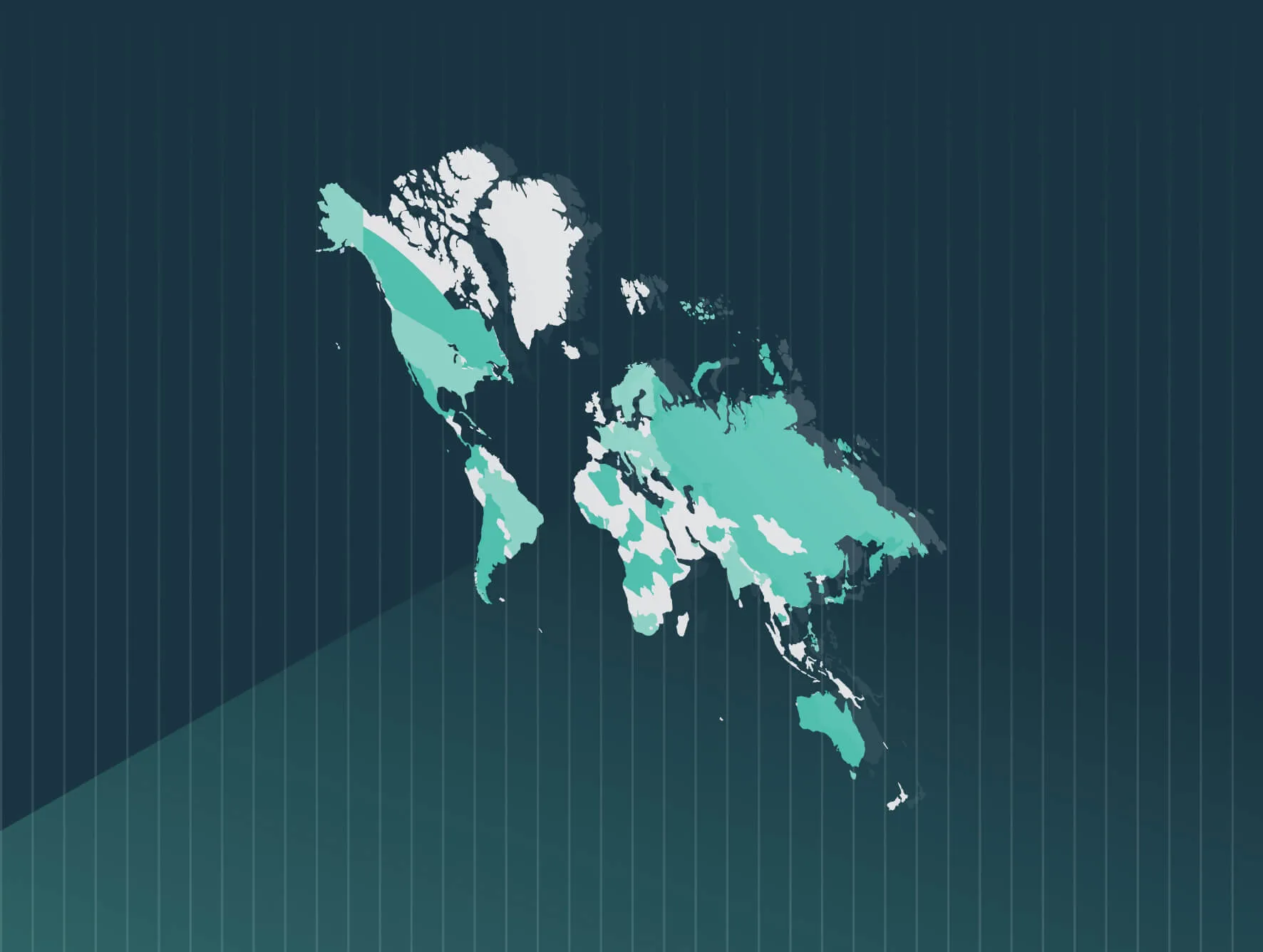In response to the EU Pay Transparency Directive, which requires employers operating in European Union member states to report on pay data, Trusaic will be evaluating the state of each country in the EU’s current gender pay gaps and the path toward compliance.
The impetus for the EU Pay Transparency Directive was to address the 12.7% gender pay gap in the European Union. However, certain countries in the EU, such as Belgium, were much further along in closing the gap.
The Belgian pay gap currently hovers around 5% and is mostly negligible among workers under the age 25. However, the gap widens significantly more for workers aged 44 and older.
Thus, while some EU members are attempting to solve vast differences in average wages between men and women, Belgium’s benefit to adhering to EU Directive requirements centers around solving the declining opportunity and larger wage disparities for women as they age.</span
Quick Action Items for Belgian Employers
Belgium’s current pay data reporting requirement is good preparation for what will be asked of Belgian employers once the EU Directive is adopted into Belgium law. However, employers will still need to take measures to address the following:
- Providing sufficient salary range information to job candidates.
- Not asking job candidates about their salary history.
- Yearly pay gap reporting and acting when it exceeds 5%.
- Accounting for intersectional discrimination in pay practices and considering needs of workers with disabilities.
As we’ve previously noted, the EU Directive deliberately uses the wider term of “worker” versus “employee” to account for contractors.
Belgian employers should proactively evaluate their current pay practices and overall compensation philosophy. Employers can lean on pay equity software solutions to expedite this process and determine root causes of potential pay disparities.
In effect, by 2026, all large employers (250+ employees) must report gender pay gaps. By 2031, all smaller employers (100 or more employees) will have to comply.
Belgian Employers’ Current Requirements
EU countries have until June 2026 to adopt the EU Pay Transparency Directive into law, which primarily introduces gender pay gap reporting measures.
Belgian employers are still waiting for the government to implement the new EU directive into law, which will provide a clearer picture of associated requirements and potential penalties for non-compliance.
Currently, Belgian employers adhere to a mandate of “equal pay for equal work” or “work of equal value” between female and male employees. Employers must ensure gender equality in all aspects of remuneration, including job evaluation and classification systems, which must be gender neutral.
Employers with 50 or more employees must create a report analyzing employees’ remuneration structures by gender. This report covers direct pay, benefits, non-statutory employers’ social insurance contributions, and other non-statutory benefits. The report also must be broken down by categories, job levels, length of service, and qualifications.
If a pay gap analysis reveals that women earn less than men, the company is required to produce an action plan. If the pay gap reporting leads to the suspicion of pay discrimination against women, an internal mediator can be appointed by the employer. The mediator will establish whether there is indeed a pay differential and, if so, will try to find a compromise with the employer.
The type of sanction will depend upon the relevant legal ground and provision that would have been violated. For example, failure to publish broken-down data in the social balance or to submit the analysis report can trigger level-two sanctions; that is, either criminal fines ranging from €400 to €4,000 or administrative fines ranging from €200 to €2,000.
Complying with the EU Directive
For many employers in Belgium, they will have until June 2026 to comply with the following:
- Provide information about the pay level of their job listings prior to job interviews.
- Provide workers information on their individual and average pay levels, categorized by gender, for workers doing the same work or work of equal value.
- In cases of alleged pay discrimination, the burden of proof is on the employer.
- For the first time, intersectional discrimination is defined in EU legislation. Employers must also consider the needs of workers with disabilities.
In addition to the quick action items above, Belgian employers should reevaluate recruitment processes to comply with salary range and salary history ban requirements. One way to achieve this is to create equitable, explainable, and competitive salary ranges. For example, is the base salary competitive and commensurate with employee skills?
Other items include:
- Pay explainability. Prepare to explain how you differentiate and define performance in setting base salaries. Pay transparency legislation means workers must be given access to criteria used to define salary and pay raises.
- Analyze pay gaps. Identify the causes where pay disparities exceed 5%. If there is no objective justification, we recommend addressing any anomalies to remove those unexplained gaps.
- Intersectional pay equity audit. Intersectionality is essential to close the gender pay gap. It recognizes that individuals can experience discrimination and inequality based on the intersection of multiple identities, such as race, gender, disabilities, age, and more. As noted above, intersectional discrimination is defined in the EU Transparency Directive.
Trusaic is GDPR compliant and can assist any organization in any EU state in meeting its obligations under both the EU Corporate Sustainability Reporting Directive and the EU Pay Transparency Directive.








